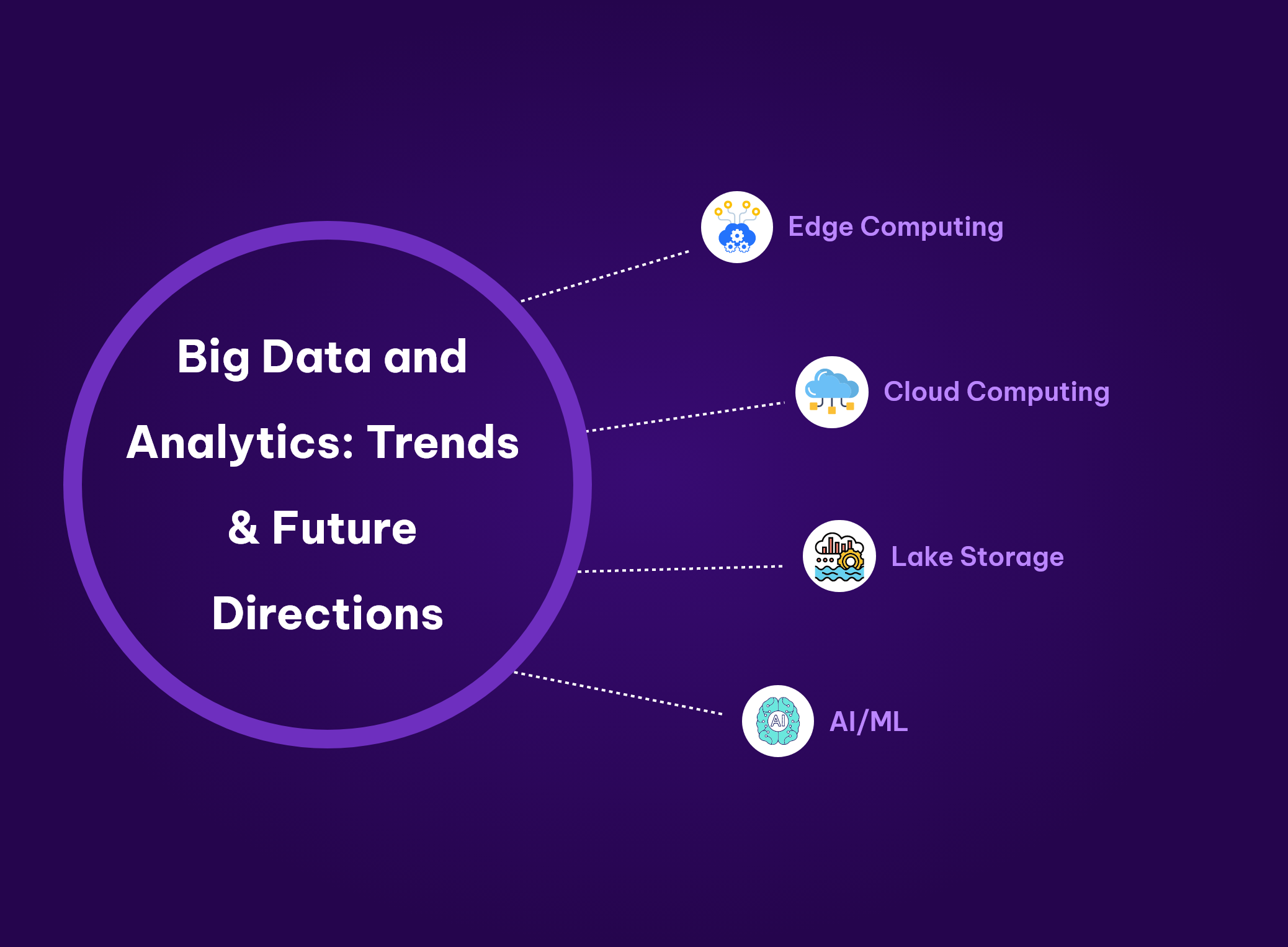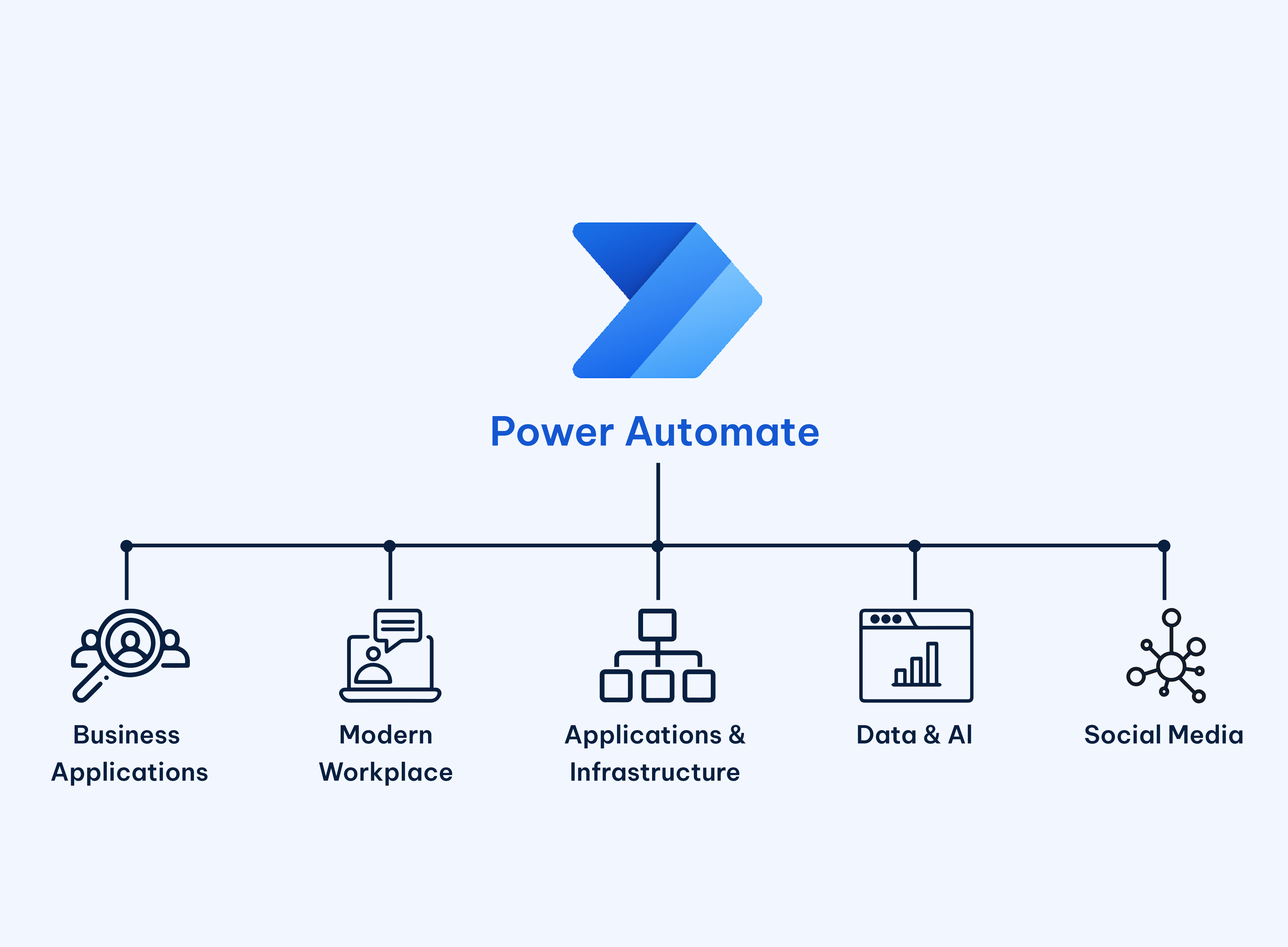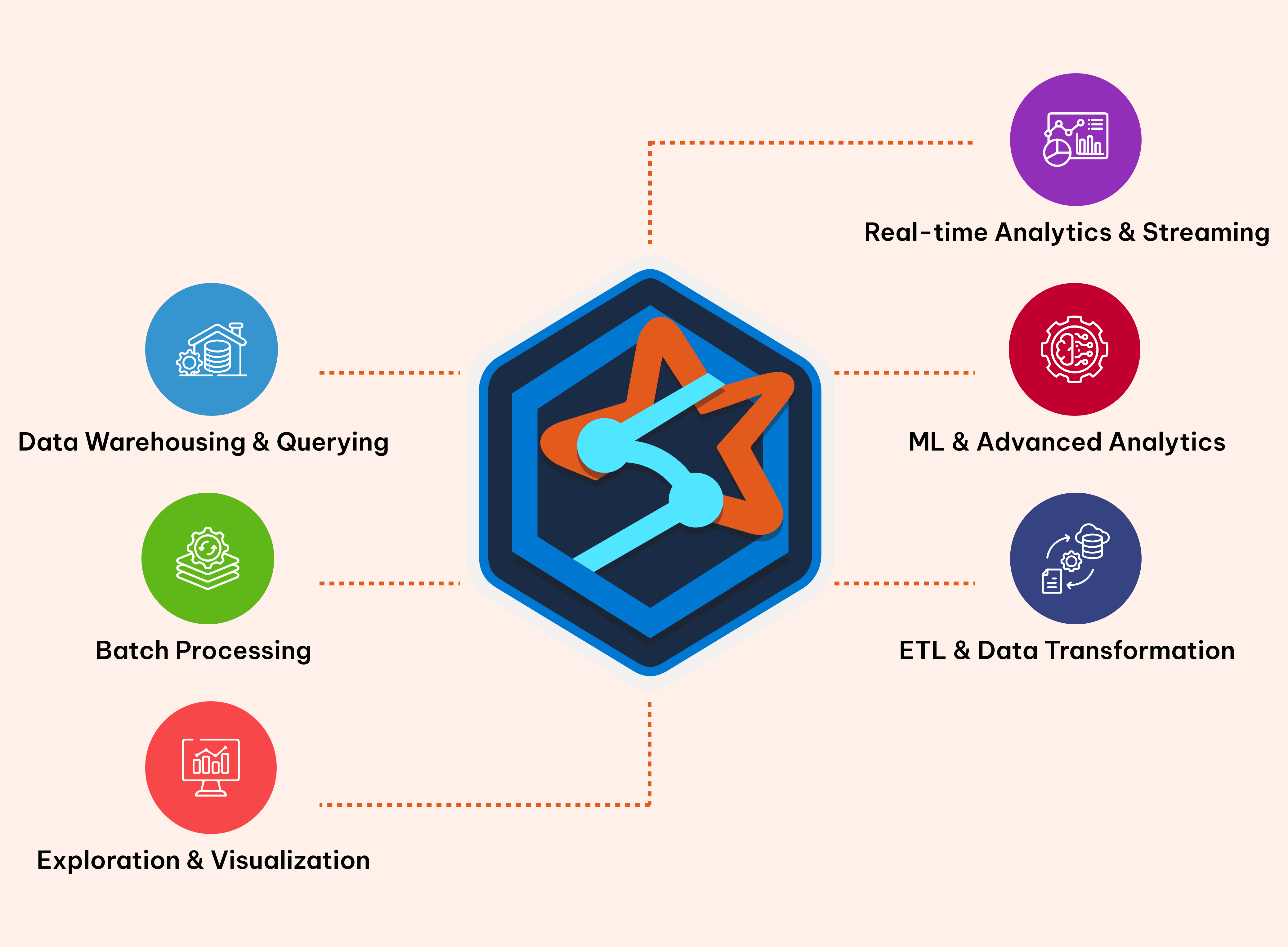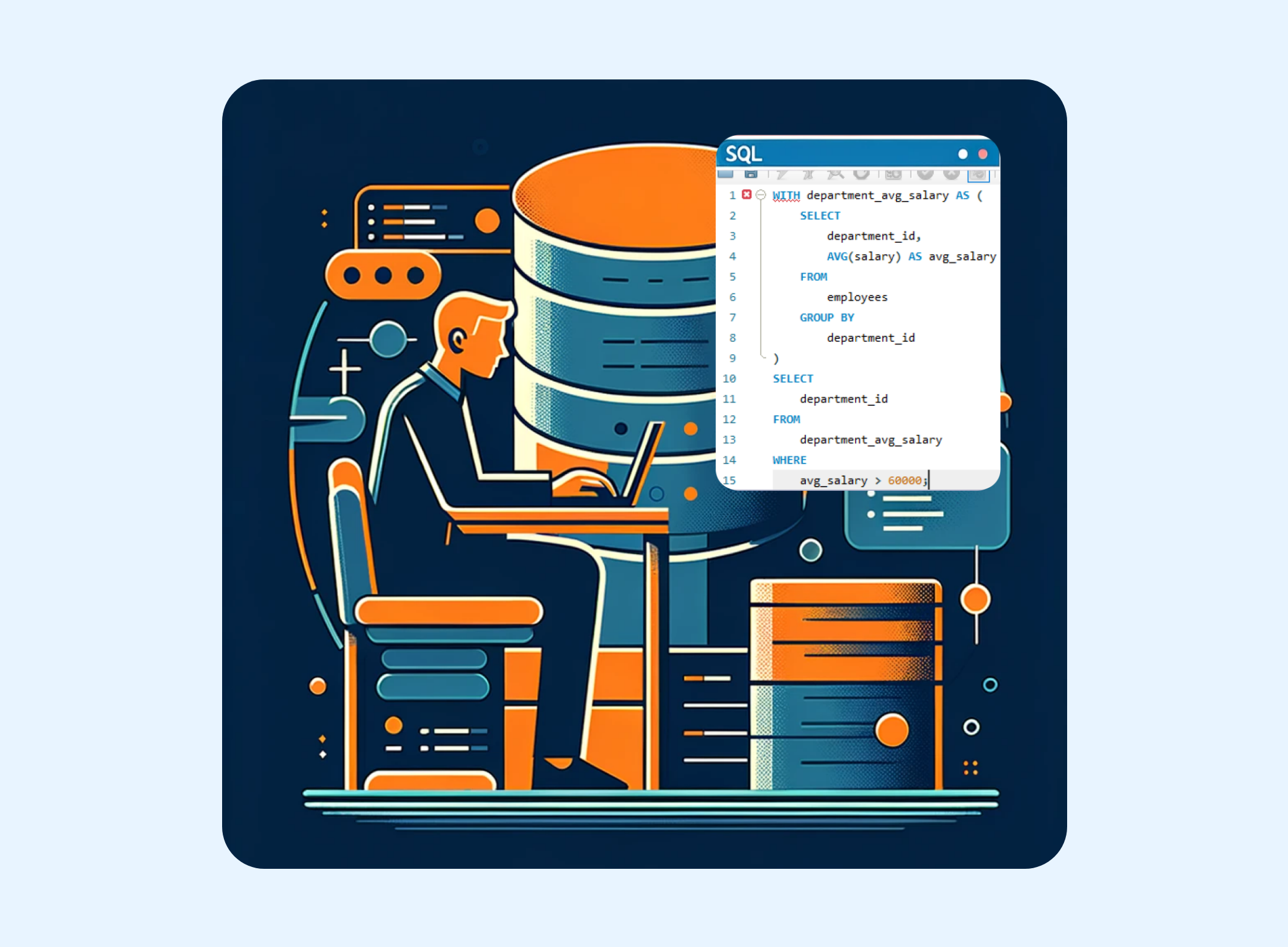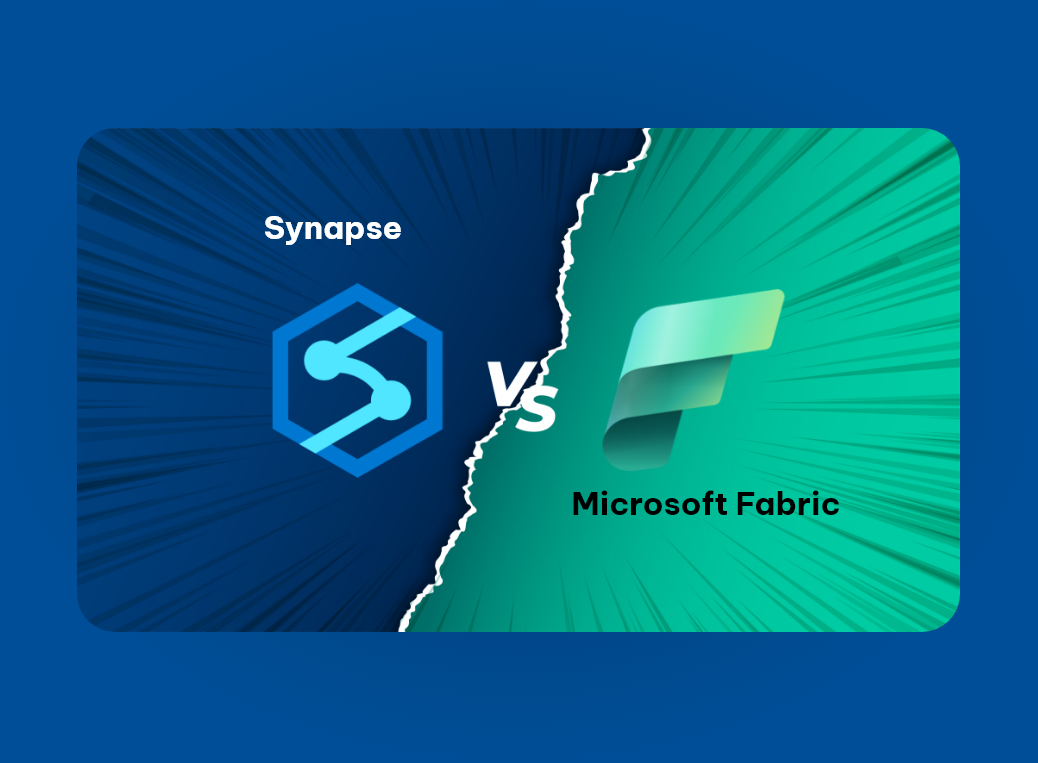Data Analytics
Enhancing Algorithm Efficiency: Strategies for Optimization

In the field of computer science, algorithm optimization serves as a vital cornerstone, shaping the efficiency and effectiveness of software solutions. Whether you're an experienced developer or a novice programmer, mastering the art of optimizing algorithms can greatly elevate your programming skills. In this blog, we'll explore the essential principles of algorithm optimization, examining key strategies to enhance code efficiency and boost performance.
Understanding Algorithm Efficiency
Before delving into optimization techniques, it's crucial to understand the concept of algorithm efficiency. Efficiency in this context pertains to an algorithm's ability to make optimal use of computational resources, effectively managing both time and space complexities. One widely used tool for assessing algorithm efficiency is the Big O notation.
Big O notation provides a standardized metric for evaluating the scalability of algorithms concerning their input size. It quantifies how an algorithm's execution time or space requirements grow relative to the size of the input data.
For instance, an algorithm with a time complexity of O(n) signifies that its execution time grows linearly with the input size, where 'n' represents the size of the input. Similarly, an algorithm with a time complexity of O(n^2) indicates that its execution time increases quadratically with the input size.
By analyzing an algorithm's Big O notation, developers can gain insights into its scalability and performance characteristics. This understanding enables them to make informed decisions regarding algorithm selection and optimization strategies to ensure efficient and effective software solutions.
Key Strategies for Algorithm Optimization
Analyze and Identify Bottlenecks
The first step in optimizing algorithms is identifying performance bottlenecks. Profiling tools and techniques such as runtime analysis can help pinpoint areas of code that consume the most resources. By understanding these bottlenecks, developers can prioritize optimization efforts effectively.
Choose the Right Data Structures
Selecting appropriate data structures is paramount for efficient algorithm design. Utilizing data structures such as arrays, linked lists, trees, and hash tables based on the specific requirements of the problem can significantly impact algorithm performance. Understanding the strengths and weaknesses of each data structure is key to making informed decisions
Employ Dynamic Programming
Dynamic programming is a fundamental technique used to optimize algorithms by efficiently solving problems with overlapping subproblems. It's especially effective in situations where the same subproblems need to be solved multiple times. At its core, dynamic programming involves breaking down a complex problem into smaller, more manageable subproblems. These subproblems often exhibit overlapping structures, meaning that the solution to one subproblem may be reused in solving others.
Utilize Memoization
Memoization is a specific form of caching employed in dynamic programming, wherein the results of expensive function calls are stored and reused to avoid redundant calculations. By memorizing previously computed results, algorithms can bypass unnecessary computations, enhancing efficiency.
Implement Algorithmic Paradigms
Leveraging algorithmic paradigms such as divide and conquer, greedy algorithms, and backtracking can yield optimized solutions to a wide range of problems. Understanding when and how to apply these paradigms can lead to elegant and efficient algorithmic solutions.
Optimize Loops and Control Structures
Optimizing loops and control structures within algorithms can significantly impact performance. Techniques such as loop unrolling, reducing loop iterations, and minimizing conditional statements can help streamline code execution, improving overall efficiency.
Consider Algorithmic Complexity
Being mindful of algorithmic complexity is crucial during the optimization process. Strive to design algorithms with lower time and space complexities whenever possible, ensuring scalability and responsiveness across varying input sizes.
Case Study: Optimizing Algorithm Efficiency for Variable States
Scenario
Imagine we're developing a scheduling algorithm for a logistics company. The algorithm needs to assign delivery routes based on three factors: weather conditions, traffic congestion, and vehicle availability. Each factor has three possible states: good, moderate, and poor, resulting in a total of 27 (3*3*3) combinations.
Initially, without optimization, the algorithm would evaluate each combination separately, leading to redundant computations and increased runtime.
Challenges
Redundant Computations: Evaluating all 27 combinations individually would result in redundant computations, significantly impacting performance.
Increased Runtime: The sheer number of combinations would lead to longer processing times, affecting real-time decision-making in logistics operations.
Resource Utilization: Inefficient use of computational resources could result in delays and inefficiencies in delivery scheduling.
Optimization Strategy

To address these challenges and optimize the algorithm's efficiency, we employ the following strategies:
Memoization: We implemented memoization to store the result for each combination of variables. By caching intermediate results, we eliminated redundant computations and reduced the overall number of evaluations to just 9 (3+3+3).
Dynamic Programming: Utilizing dynamic programming techniques, we broke down the problem into smaller subproblems. By iteratively solving and storing subproblem results, we avoided redundant computations and improved efficiency.
Algorithmic Paradigms: We applied divide and conquer or greedy algorithmic paradigms to optimize the assignment of delivery routes based on variable states. These paradigms streamlined decision-making and reduced computational complexity.
Results
By optimizing the algorithm using the above strategies, we observe significant improvements in efficiency and performance:
Reduced Computational Overhead: Memoization and dynamic programming minimize redundant computations, reducing the overall computational overhead.
Faster Processing: The optimized algorithm evaluates only three combinations (one for each variable), leading to faster processing times and improved real-time decision-making.
Enhanced Resource Utilization: Efficient use of computational resources ensures timely and optimized delivery route assignments, enhancing overall logistics operations.
Conclusion
Algorithm optimization is both an art and a science, requiring a deep understanding of algorithmic principles and effective problem-solving skills. By employing strategies such as analyzing bottlenecks, selecting appropriate data structures, and leveraging algorithmic paradigms, developers can craft efficient and elegant solutions to complex problems. With a focus on efficiency and performance, mastering algorithm optimization is essential for driving innovation and excellence in software development.
Tags
Written by
Gayathri K
Published on
14 February 2024







